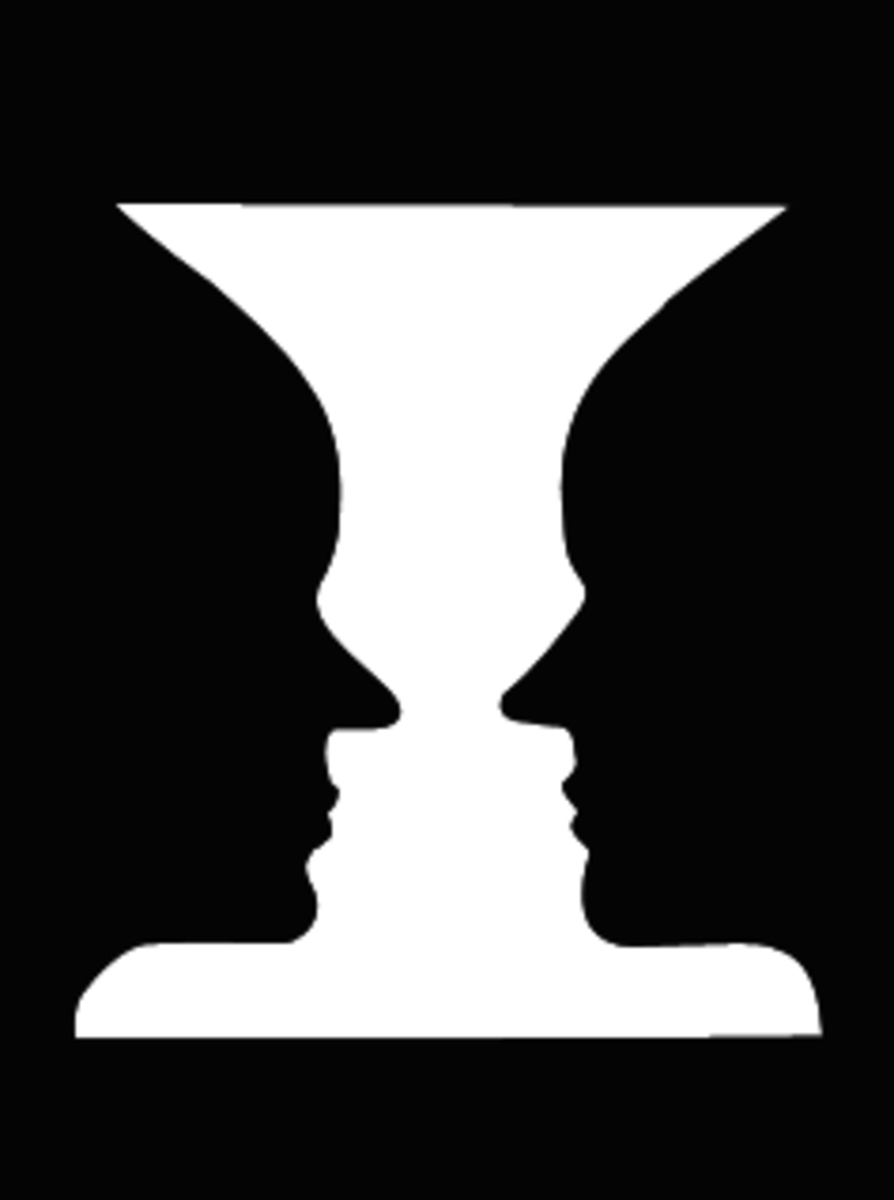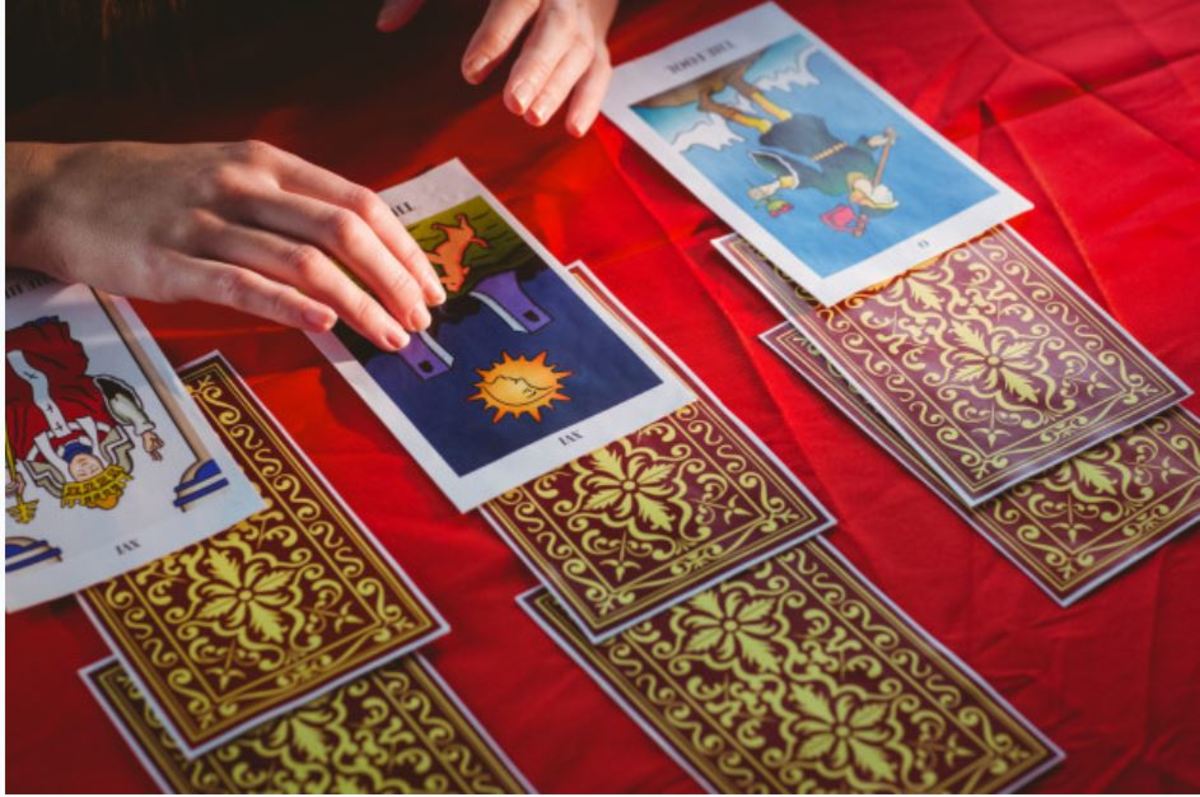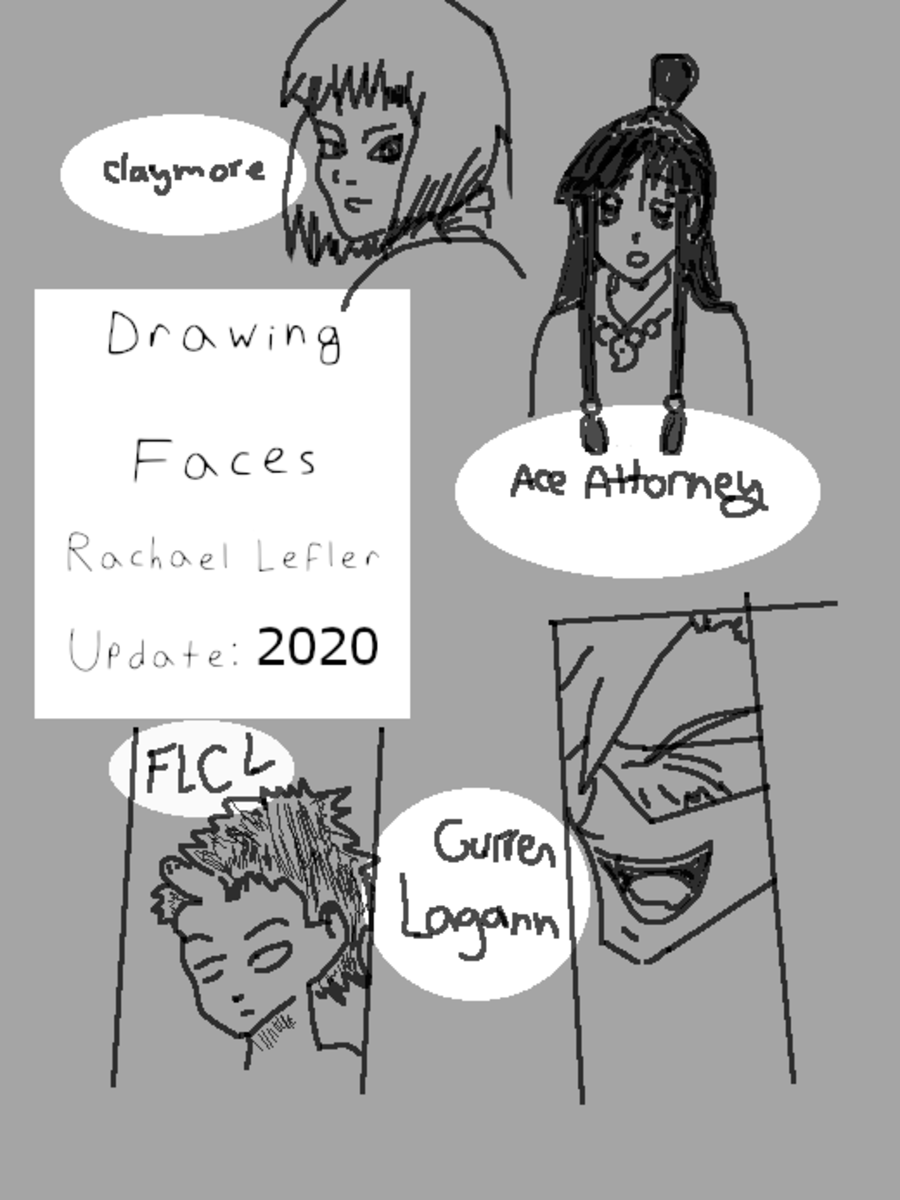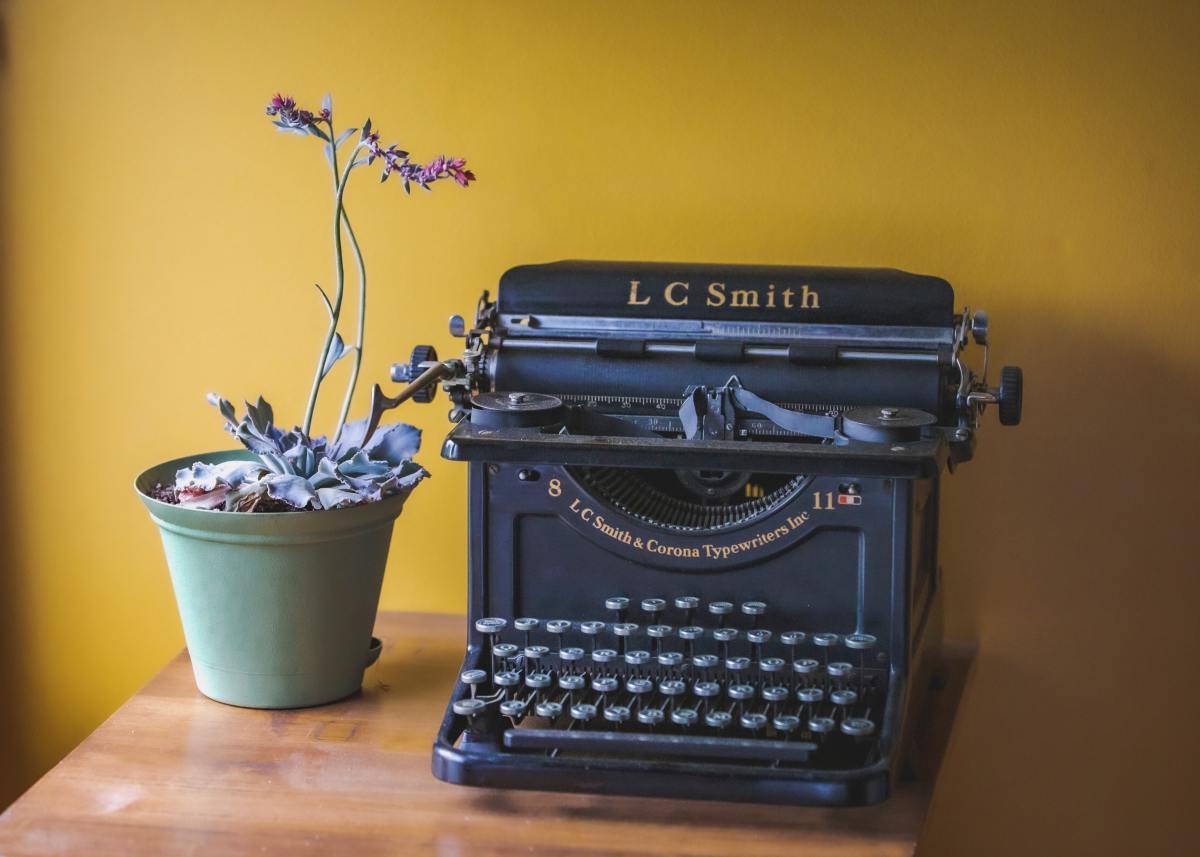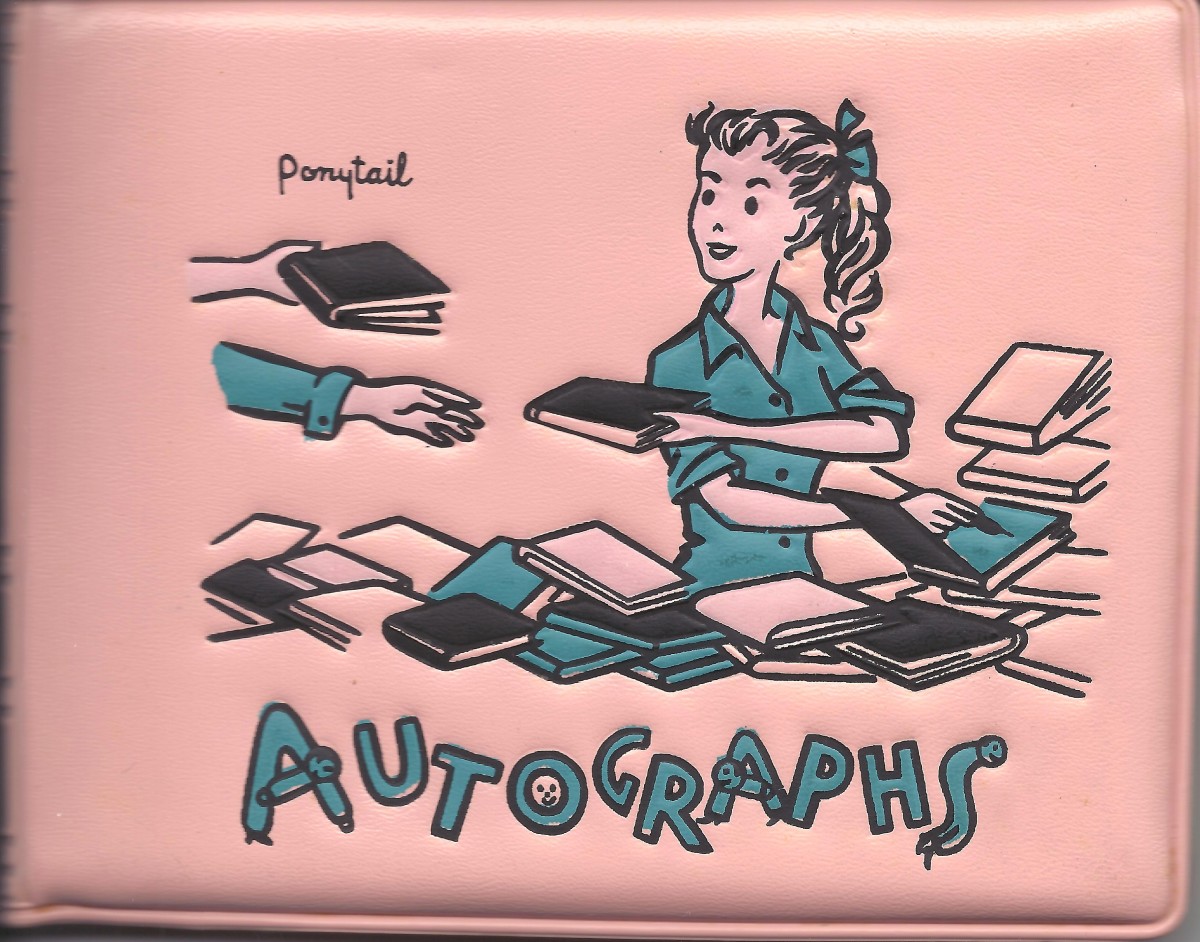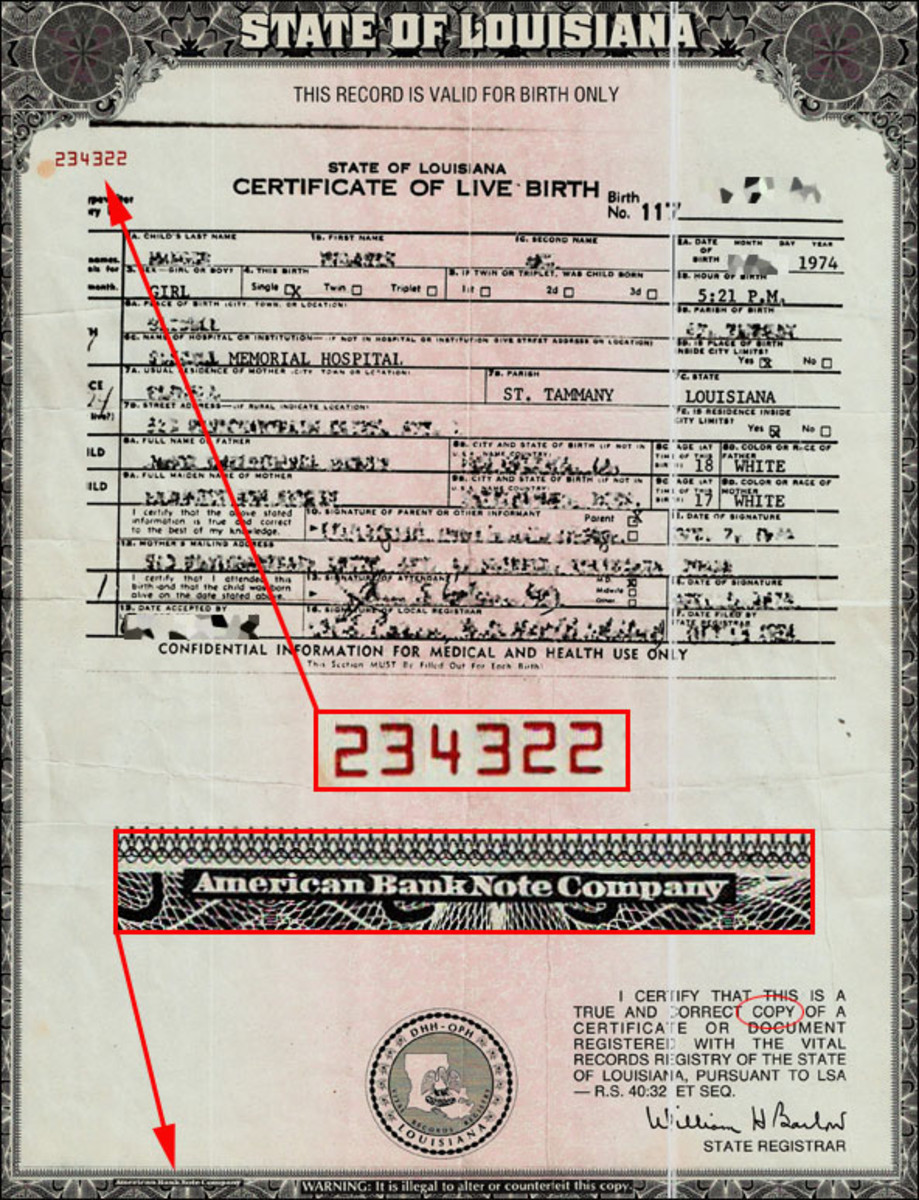How to Read Faces in Old Photos
Faces in old portraits can reveal an astonishing amount of information. It doesn't take a psychic to decode the meaning - science is showing us we all have the tools to read faces in old photos. Whether you are an aesthete or a family historian, careful attention to the visual image - and faith in your intuitions - will give you beguiling insights into lives past.
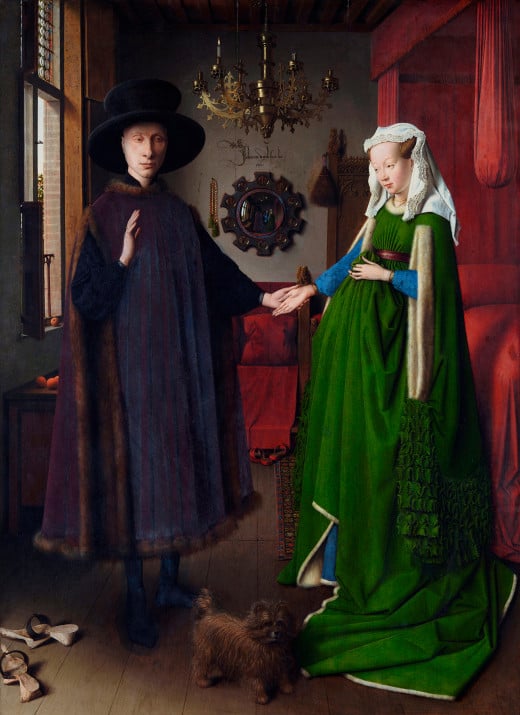
The science of reading faces
The science of reading faces is still in its infancy. But it is a science, and one that the government uses every day in police work and counter-terrorism.
Psychologist Paul Ekman of the University of California San Francisco's School of Medicine is a leading expert in facial expressions and has written extensively about what the face can reveal.
It's a whole lot more than men staring at goats...
My mother's psychic
My mother visits a psychic. She is asked to bring in a photograph of the people she cares about and by looking carefully at the people in the image, her psychic is able to reveal something about their future. Crazy right?
I admit, I have a long term love affair with images. Old photos mostly, but really any photos at all, old or young. And art, of course. And I am not alone. But why are we so drawn to figures and faces? What can old images tell us anyway? Anything?
In this hub I am going to convince you that my Mom's psychic is no charlatan. The reason why the human face so enthralls us is that we really can learn about people from still images of their faces.
From psychics to time machines
Old images are a peep hole into the past; a quick trip with a time machine where you get to peek out the window and glimpse a moment of a previous day, a previous life. How cool is that – traveling back in time?
If you look very carefully at every inch of the image, the things on, or behind or beside the people, you will see all kinds of unexpected things: fashions, book titles, décor, other photos in frames, figures lurking in the background unaware they are in the shot, doors into other rooms...
Medieval painters worked long and hard to incorporate all kinds of possessions and symbols of their subjects, seeking to locate them in their milieu and to tell a story.
Look at the famous 15th century portrait “Arnolfini Marriage” (shown above). It's literally dripping with clues about the life of this intriguing couple: the little dog = loyalty; the green of her dress = hope, the red curtains = carnality, the scattered oranges on the left - wealth. Photographs can be equally as rich with personal and cultural detail, if not nearly as calculated as the Arnolfini portrait.

What do you think?
Images can reveal:
Look past the clutter
Catching a rare and privileged glimpse of a world lost by the passage of time is a big part of the allure of old photos. But it's not the only allure of old images or their best.
Actually, the most interesting detail in a portrait comes not from the objects, and our chancy readings of their meanings, but from the people themselves.
Look again at the old Dutch portrait above: Notice how the man is sided near the window – because as a 15th century medieval male he was out in the world. The woman is close to the bed, for obvious reasons. He looks at us, she looks at him. Noticing these details, we gain a whole lot of information about the couple as people, even though the picture is just a static, non-verbal, one frame representation.
Photographs, which are not nearly as contrived as stiff old Dutch portraits, can tell us a lot more about the lives and the personalities of the people inside them. And modern, scientific research is confirming this.

40 Muscles of Meaning
Modern science is increasingly focusing on the over 40 muscles in the human face, and what their behavior and arrangement can tell us about human emotions - and even human intentions.
Paul Ekman, of UC San Francisco's School of Medicine, is a leader in this field. He has applied modern psychology to facial "microexpressions" in consulting work with police departments and anti-terrorism units. His work, which focuses on small "tells" that can give away real (often dishonest or dangerous) intentions, inspired the popular Fox television series “Lie to Me”.
Is that divorce on your mind?
A study by Matthew Hertenstein from DePauw University analyzed the facial expressions of hundreds of old high school yearbook portraits with one question: what if anything could be predicted about the future success of these people in marriage? You're kidding right?
Actually, the results were startling: the photos foreshadowed D-I-V-O-R-C-E. These results were confirmed when the study was repeated using even earlier photos:
“Future divorcées...either didn't smile or, if smiling, tended not to contract their orbicularis oculi, producing the sort of look you might find on the face of someone who is tired of talking to you at a cocktail party.” (“The Tell: The Little Clues That Reveal Big Truths About Who We Are”).”
The ability to draw important conclusions from ostensibly thin data like a facial expression was termed “thin-slicing” by Malcolm Gladwell in his popular book “Blink”.
Alan Stevens on face reading
Beginning to see
You can begin to see the application of this new science of "face reading" to old photos.
I have based a good part of my business on repairing and restoring old photos – for my personal history work and as a standalone exercise - and often wondered about all those people staring back.
We now know that a lot can be learned about those people - too long dead for us to actually talk. And that is a reason for all of us to treasure those images just a little more.
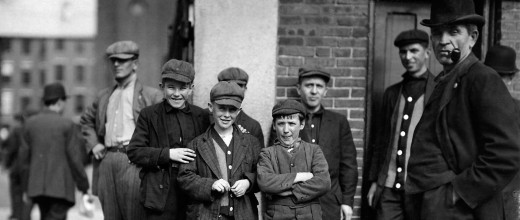
Back to that psychic and those old photos
Maybe it's not such a stretch after all for my Mom's psychic to predict people's future from their faces. (She did, after all, predict months in advance that I would call and tell her I was pregnant for the first time - my mother wrote the prediction on a slip of paper to prove it to me.) It may not be any kind of extrasensory perception though, just an exceptional reader of faces.
Most of us will not be nearly as adept as Mom's psychic at reading old photos - or rather, the faces in old photos. But I think we are doing the same thing. I think we are both “thin-slicing” and getting real information about people from their images in photographs.
And for all of us, that might be the real fascination of old photos. If we look real hard, I think we can learn more about them and their lives than we would ever think at first blush. Just what that is is only as far away as that old box of images.
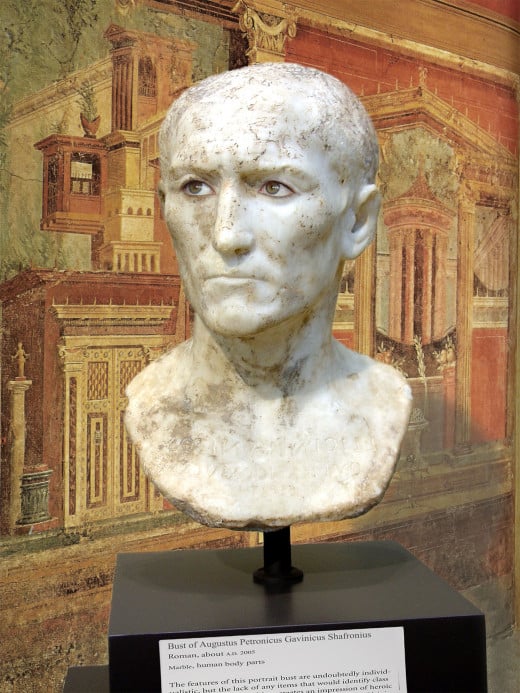
More resources
Paul Ekman has written more than a dozen books, many of them available on Amazon. "Emotions Revealed" might be a good first read.
Mac Fulfer is the author of "Amazing Face Reading" and three seasons of "True Lies" can be viewed anytime on Netflix.
I am not aware of any long works specifically devoted to reading faces in old photos - but would be more than glad to hear of any.
Postscript
Do the actual faces in the Arnolfini portrait - not the objects and configuration of the people - reveal anything?
For me, it's confidence and complacency on the face of the man, and possibly just a hint of suspicion. The face of the woman shows good old fashioned subservience. Both appear comfortable in their surroundings. He seems a little cool and superior; she looks more cheerful and interesting.
Would a photograph be superior? It does freeze an actual moment; but then a sensitive painter should pick up personality traits and render them in the work. My guess is that is what happened in this famous painting.
© 2013 JaneA

